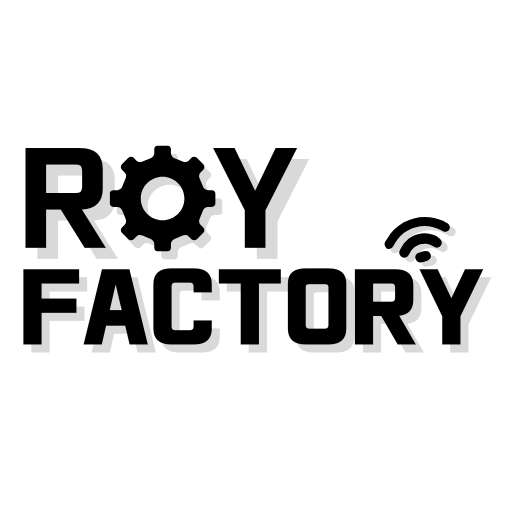Q-Learning and CartPole: Your First Reinforcement Learning Agent
Q-Learning and CartPole: Your First Reinforcement Learning Agent
If you’ve dipped your toes into reinforcement learning, chances are you’ve encountered Q-Learning — a classic, foundational algorithm that’s simple to understand yet powerful enough to teach you how AI agents can learn from rewards.
In this post, you’ll learn:
- What Q-Learning is and how it works
- Why it’s great for beginners
- How to apply it to a real environment: CartPole from OpenAI Gym
- A complete, working Python example
Let’s get started!
1. What Is Q-Learning?
Q-Learning is a model-free reinforcement learning algorithm. That means the agent doesn’t need to know how the environment works — it learns purely from experience.
The core idea is to build a Q-table, which stores the expected reward (or “quality”) for taking an action in a given state.
The Q-Learning Update Rule:
Q(s, a) ← Q(s, a) + α * (r + γ * max(Q(s’, a’)) - Q(s, a))
Where:
s: current statea: action takenr: immediate reward receiveds’: new state after the actionα: learning rateγ: discount factor (importance of future rewards)
Over time, the Q-values converge toward optimal choices — letting the agent figure out which actions are best in each state.
2. Why Use Q-Learning?
| Feature | Benefit |
|---|---|
| Simple & intuitive | Easy to understand for beginners |
| No model of environment | Doesn’t need transition functions |
| Table-based | Transparent and easy to debug |
Limitations?
Q-Learning doesn’t scale well to continuous or high-dimensional state spaces. For those cases, we use Deep Q-Networks (DQN) — but Q-Learning remains the best place to start.
3. About the CartPole Environment
In CartPole, a pole is attached to a cart on a track. The agent’s goal is to move the cart left or right to keep the pole balanced.
Why it’s great for RL practice:
- Fast feedback (short episodes)
- Easy to visualize
- Small state/action space
State space (continuous):
| Variable | Description |
|---|---|
| Cart position | Cart’s location on track |
| Cart velocity | Speed of the cart |
| Pole angle | Tilt of the pole |
| Pole velocity | Angular velocity of pole |
We’ll discretize these values to build a tabular Q-learning solution.
4. Building a Q-Learning Agent for CartPole
Step 1: Discretize the State
CartPole’s state is continuous. To use Q-tables, we need to map continuous values to discrete bins.
buckets = (1, 1, 6, 12) # number of discrete bins for each variable
Step 2: Setup Environment and Q-Table
import gym
import numpy as np
import math
env = gym.make("CartPole-v1")
# Discretization setup
buckets = (1, 1, 6, 12)
q_table = np.zeros(buckets + (env.action_space.n,))
min_bounds = env.observation_space.low
max_bounds = env.observation_space.high
max_bounds[1] = 0.5
max_bounds[3] = math.radians(50)
min_bounds[1] = -0.5
min_bounds[3] = -math.radians(50)
Step 3: Discretization Function
def discretize(obs):
ratios = [(obs[i] - min_bounds[i]) / (max_bounds[i] - min_bounds[i]) for i in range(len(obs))]
new_obs = [int(round((buckets[i] - 1) * min(max(ratios[i], 0), 1))) for i in range(len(obs))]
return tuple(new_obs)
Step 4: Training Loop
alpha = 0.1
gamma = 0.99
epsilon = 1.0
epsilon_min = 0.01
epsilon_decay = 0.995
episodes = 1000
for ep in range(episodes):
obs = discretize(env.reset())
done = False
total_reward = 0
while not done:
if np.random.random() < epsilon:
action = env.action_space.sample()
else:
action = np.argmax(q_table[obs])
next_obs_raw, reward, done, _, = env.step(action)
next_obs = discretize(next_obs_raw)
q_old = q_table[obs + (action,)]
q_max = np.max(q_table[next_obs])
q_table[obs + (action,)] = q_old + alpha * (reward + gamma * q_max - q_old)
obs = next_obs
total_reward += reward
if epsilon > epsilon_min:
epsilon *= epsilon_decay
if (ep + 1) % 100 == 0:
print(f"Episode {ep + 1}, Total Reward: {total_reward}")
env.close()
5. Output and Evaluation
After a few hundred episodes, the agent starts to get better at balancing the pole. You’ll notice:
- Rewards increase steadily
- Agent chooses better actions
- Episodes last longer
You can tune buckets, alpha, gamma, or epsilon to get even better performance.
6. What Comes After Q-Learning?
Q-Learning works well for small or discretized problems. But what about more complex environments?
Enter DQN (Deep Q-Networks) — which replace the Q-table with a neural network.
We’ll explore that in the next post.
7. Summary
| Concept | Recap |
|---|---|
| Q-Learning | Learns the value of state-action pairs using a table |
| CartPole | Classic OpenAI Gym environment for learning RL |
| Discretization | Converts continuous state to discrete bins |
| Epsilon-greedy | Balances exploration and exploitation |
Q-Learning gives you the essential building blocks for understanding how RL agents learn from rewards. It’s an ideal first step into the world of AI agents.
